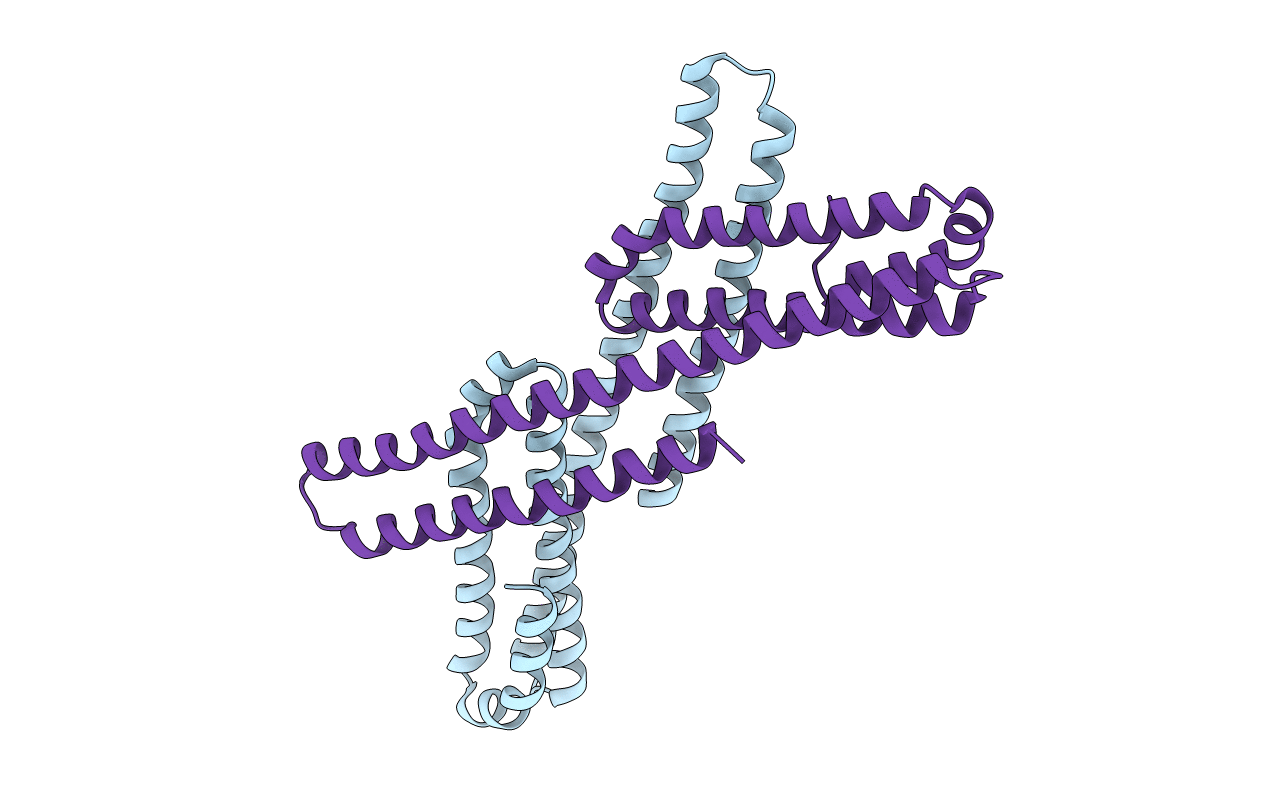
Deposition Date
2014-09-18
Release Date
2015-03-11
Last Version Date
2024-02-28
Entry Detail
PDB ID:
4RD9
Keywords:
Title:
X-RAY STRUCTURE OF THE APO FORM OF THE AMYLOID PRECURSOR PROTEIN-LIKE PROTEIN 1 (APLP1) E2 DOMAIN
Biological Source:
Source Organism:
Homo sapiens (Taxon ID: 9606)
Host Organism:
Method Details:
Experimental Method:
Resolution:
2.60 Å
R-Value Free:
0.24
R-Value Work:
0.21
R-Value Observed:
0.21
Space Group:
P 21 21 21


